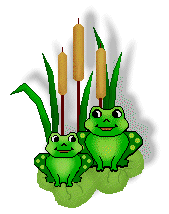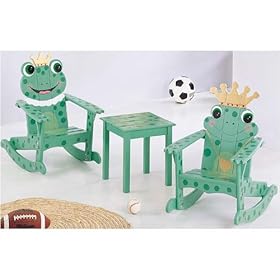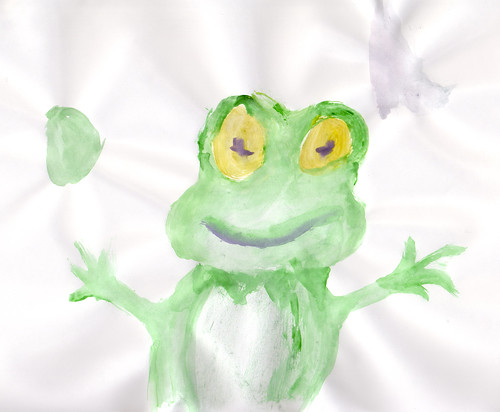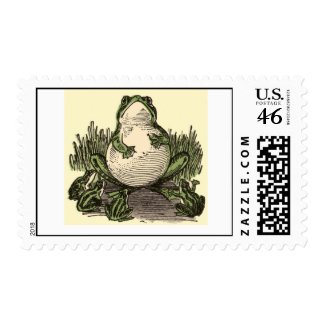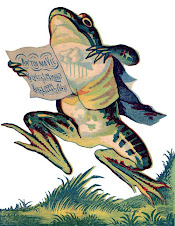
It's the middle of the winter and the frogs are all tucked in beneath a blanket of mud. The frog pond is frozen over and the children wonder if the frogs could be frozen as well. Some children believe that the ice goes all the way to the bottom. Some believe that ice forms at the bottom of the pond first. Others believe that ice forms on top first. We decide to do an experiment.

1. Fill a clear shallow dish with water and place it in the freezer.
2. Set a timer to check it ever 1/2 hour. Check to see if it is starting to freeze. If so where is it starting to freeze?
3. I made a paper with an outline drawing of the bowl and a place to record the time when checked.
We discovered that ice formed around the edge first. We then noted that the ice covered the top of the water before it finally froze on the bottom. Would that be true of the frog pond?
We then decided to go down to the frog pond to check the ice there.
NOTE: I went over the safety rules for going out onto ice covered ponds.
We used a crowbar to make a hole in the ice. We discovered that the ice was 12 inches thick but that the water was not frozen below that.
The Story of Bremer Pond is an article about caring for fish in a pond during the winter. The children loved listening to the article and had many questions as well as suggestions for scientific experiments.
Be sure to check out lots more frog related activities from our
Frog Unit Study.
When we came back from the pond each day, the children would write letters or notes to their penpals about their discoveries. Writing about their discoveries gives the children a purpose for writing. Receiving responses to their letters creates motivation for more observation and discovery.
Be sure to check out the new Frog Stamps on Zazzle.
Disclosure: I earn money from the sale of items on this page
create & buy custom products at
Zazzle
 n) or in strings of tens and ones (Toad Spawn)
n) or in strings of tens and ones (Toad Spawn)
